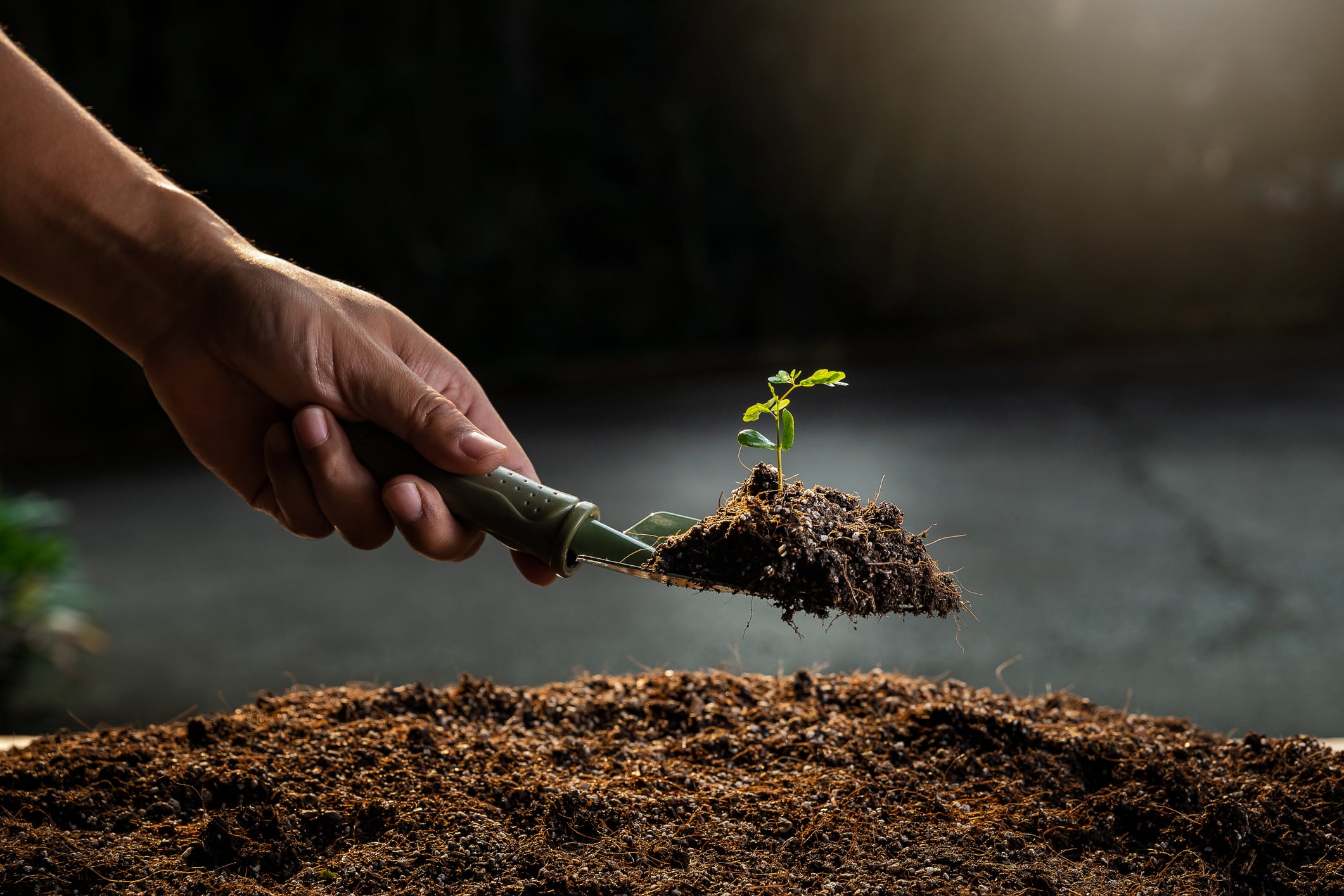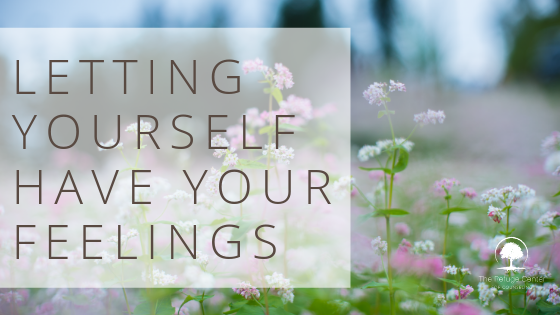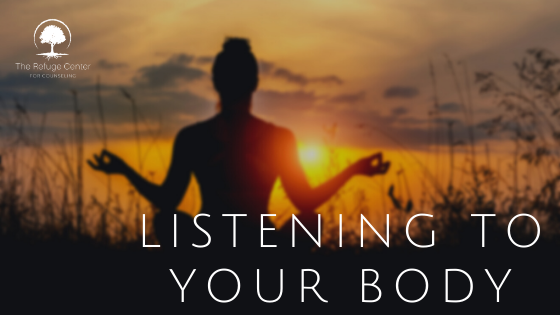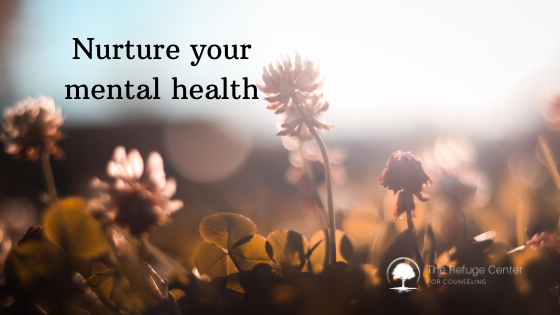In today’s fast-paced world, finding moments of peace can feel like a luxury. One profoundly therapeutic activity that offers numerous mental health benefits is gardening. Whether you have acres of land, a few pots on a balcony, or some herbs in your kitchen window, cultivating plants can be a powerful tool for improving your overall well-being. And it’s not too late to think about gardening this summer.
So, let’s grow something! Gardening has long been seen as possessing health benefits. This can be as simple as the benefit of eating the food you grow in your garden, to the mental health benefits associated with the process of gardening. And there are many. Some of the benefits include reduced anxiety and depression. One study shows a small indoor garden may have health benefits. This study concluded indoor gardening can reduce physiological and psychological stress by suppressing the nervous system and increasing feelings of comfort (Lee et al., 20202). Some examples of indoor plants that may have even more health benefits include snake plants, spider plant, and aloe vera which work to clean the air and improve cognitive function. Other plants you could try are a daisy or chrysanthemum which impact mood simply because they are pleasing to look at (Mazella, 2023). Another option is to grow a few herbs in your window to use in cooking.
Outdoor gardening has other health benefits including exercise and exposure to nature and sunlight. Gardening allows for individuals to be creative. You can grow whatever you want. The soil itself even has an affect on your mental health. There is a bacterium that grows in soil called Microbacterium vaccae. This microbacteria has been shown to have an anti-inflammatory effect on the brain resulting in less anxiety (Burns, 2024). Kids may understand this better than adults, but getting our hands dirty has a positive effect on our mental health.
One final benefit to gardening is the process. There is a meditative and mindfulness component to gardening. There is routine and structure. This being in the moment and focusing on the task at hand helps to take your mind off all the other things going on.
How to get started? It is simple
Pick what you would like to grow, and be creative. Get your kids involved or use it as a time to find a moment alone. There are no rules for gardening!
If it is something you like to eat, pick that. Tomatoes and cucumbers are easy to grow and grow quickly. You can buy herbs at the grocery store and continue to care for them at home.
If you love flowers, you can research how to grow a butterfly garden, or find a corner of your yard to grow wildflowers, or you can buy a flower already started and put it in your kitchen window and watch as it grows and blossoms.
If you have limited space, there are plants that are easy to grow indoors and need little care. The snake plant is one example, they are almost impossible to kill. It is important in growing plants inside to read what can be harmful to animals.
So start small (or big) and grow something!
References:
Burns, H. (2024). Get dirty, it’s surprisingly good for your health. New York Times. Retrieved June 23, 2024, from https://www.nytimes.com/2024/04/17/well/live/dirt-health-benefits.html
Lee, M. S., Lee, J., Park, B. J., & Miyazaki, Y. (2015). Interaction with indoor plants may reduce psychological and physiological stress by suppressing autonomic nervous system activity in young adults: a randomized crossover study. Journal of physiological anthropology, 34(1), 21. https://doi.org/10.1186/s40101-015-0060-8
Mazella, R. (2023, March 30). How spending time with dirt improves your mental health. Health Central. Retrieved June 23, 2024, from https://www.healthcentral.com/mental-health/gardening-good-for-mental-health




